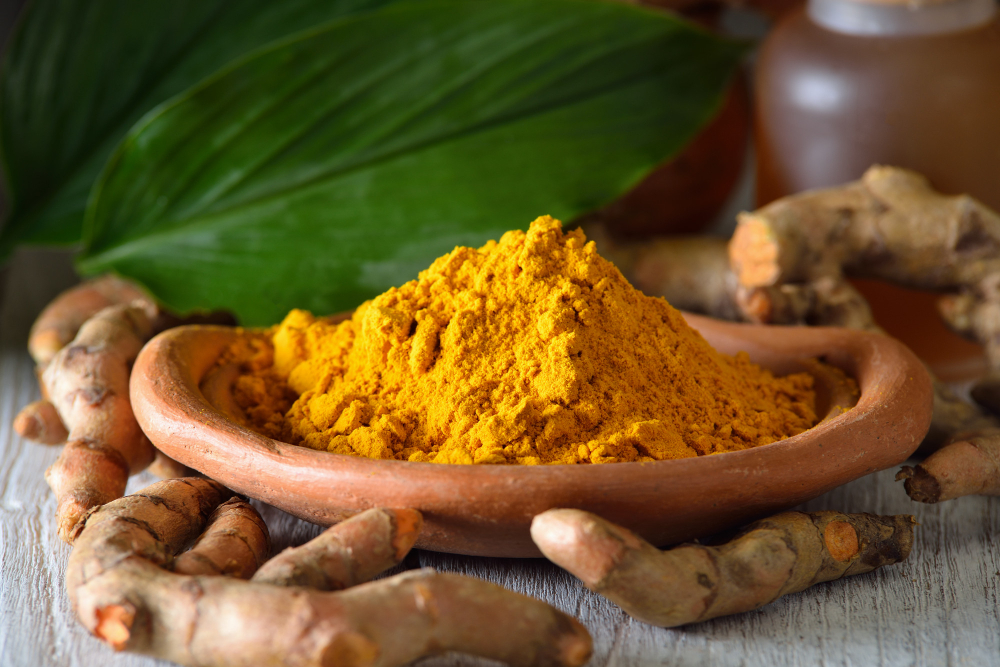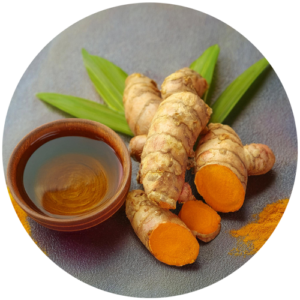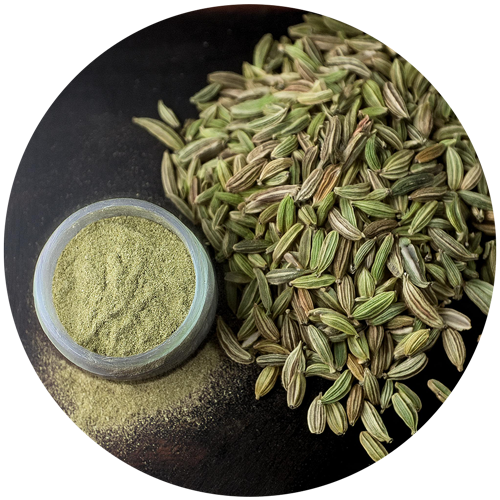

TURMERIC
 Cardiovascular system
Cardiovascular system  Cognitive function
Cognitive function  Liver function
Liver function  Digestion
Digestion  Joints
Joints Turmeric Curcuma longa is a perennial plant belonging to the Zingiberaceae family native to South Asia. Turmeric rhizomes are traditionally used for their antioxidant properties, as well as for blood circulation and joint, cognitive, digestive and liver health, thanks to the presence of curcumin.
Our references
Regulations
and analysis
Identification : TLC
Data on traditional use
Cahier de l’agence du médicament (France):
-
Used to promote bile elimination and aid digestion
-
Used for digestive disorders
-
Used to stimulate appetite
EMA monograph :
- Used to relieve digestive disorders such as fullness, slow digestion and flatulence.
WHO monograph :
-
Used to soothe the stomach
-
Used to relieve joint pain
-
Used for airways
Monographie Canada :
-
Used to help relieve indigestion and flatulence
-
Used to relieve joint pain
-
Used to aid digestion and as a stimulant of bile secretion and excretion.
German monograph :
- Used to aid digestion
Association ideas by health axis
Select one or more axes:

Detailed description
Curcuma longa, commonly known as turmeric, is a perennial herbaceous plant belonging to the Zingiberaceae family native to South Asia and widely cultivated in tropical regions.
Turmeric is a spice that has been traditionally used for thousands of years in the culinary, medical and scientific worlds.
The rhizomes are the plant part used and contain numerous bioactive compounds such as polyphenols, sesquiterpenes, diterpenes, triterpenoids, sterols and alkaloids. Curcuminoids are the main phenolic compounds found in turmeric. The dominant active ingredient is curcumin, which confers the plant’s health-giving properties.
Several studies have demonstrated turmeric’s antioxidant, lipid metabolism, joint, cognitive, digestive and liver health benefits.













